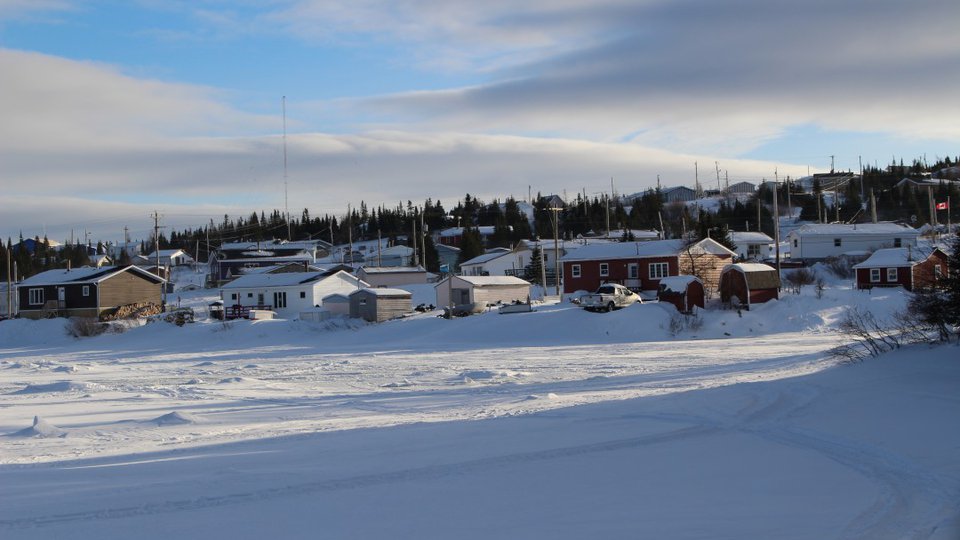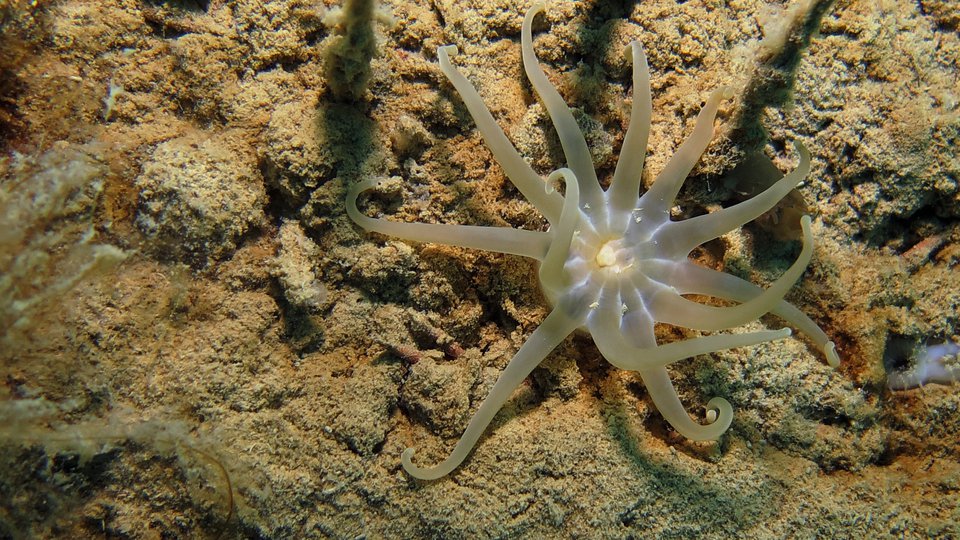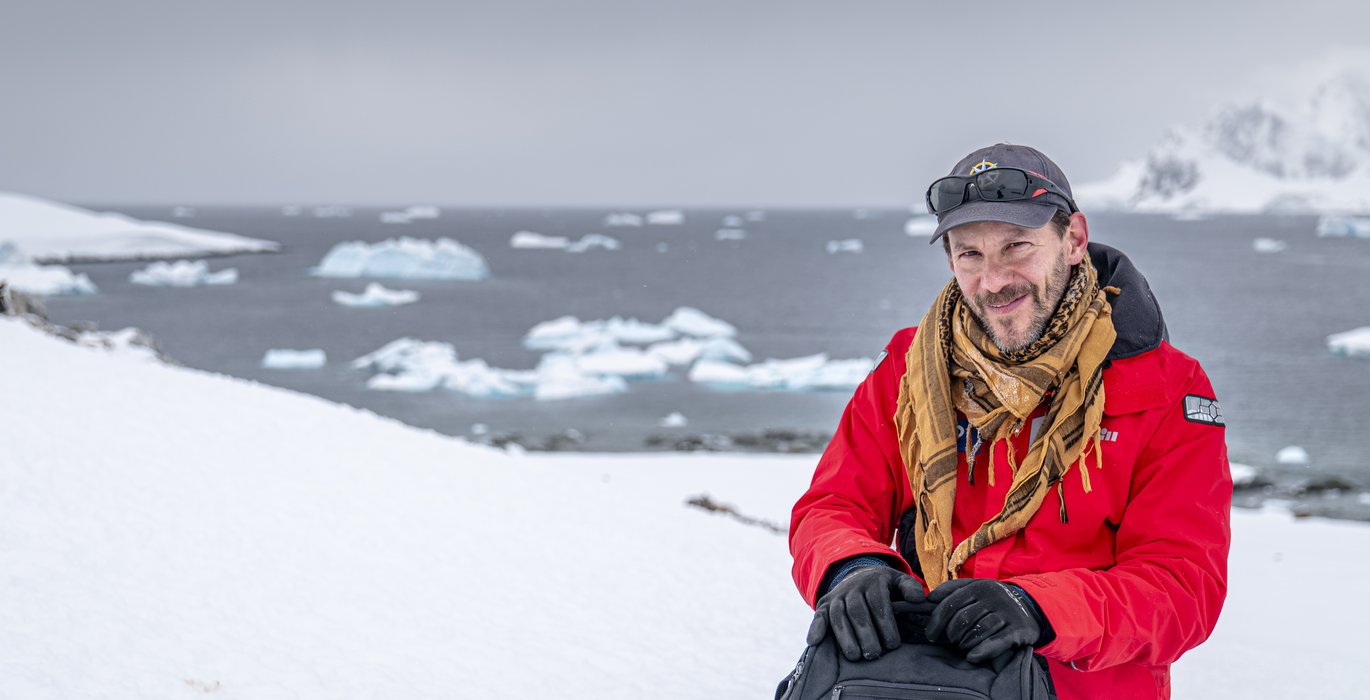
As I boarded the Adventure Canada ship in September 2024, I had no idea I'd be rubbing shoulders with a celebrity. George Kourounis, better known as the "storm chaser" and host of "Angry Planet," was on board as the Explorer in Residence for the Royal Canadian Geographical Society. With over twenty-five years of experience documenting extreme forces of nature and natural phenomena worldwide, George is a Canadian Geographic Ambassador, National Geographic Explorer, and a seasoned TV presenter.
Our initial encounter was on a small boat in Ilulissat Greenland, where we bonded over a Muskox horn key ring and our shared sense of humor. As we navigated the rocky waters, George's infectious laughter and curiosity about the world around him were palpable. Little did I know that our conversation would be the beginning of a fascinating exploration into the world of extreme weather and climate change.
Growing up, George Kourounis was a curious kid who loved to explore and push boundaries. Tornadoes, hurricanes, and wildfires became his obsession, and he began documenting these powerful forces of nature. Along the way, he learned how to read weather patterns and developed a deep respect for the power of nature.
Through his travels and experiences, George realized that his true purpose was to share his fascination with others, inspiring them to explore and appreciate the natural world. And so, he continued to chase tornadoes, document wildfires, and pursue his interest in extreme weather, always seeking to educate and inspire others along the way culminating in the creation of “Angry Planet.”
A Deep Dive into Climate Change
As we traversed the Northwest Passage, George shared his insights into the changes he's witnessed since his last trip eleven years ago. "In the Canadian Arctic, we know that the polar regions are warming at a rate that is more than twice that of the rest of the earth," he explained. "The sea ice is melting, and the ocean is absorbing that heat, which in turn affects the wildlife, particularly seals and polar bears who rely on sea ice for survival."
George's passion for the subject is evident in his description of the Arctic sky: "I'm the sky sommelier," he says with a smile, pointing out the complex weather patterns and orographic clouds that shape the region's climate. As a self-proclaimed "weather guy," George brings a unique perspective to the discussion of climate change, drawing parallels between the extreme events he witnesses and the bigger picture.
A Unique Perspective on Climate Change
George Kourounis is no ordinary weather expert. With his contagious enthusiasm and unparalleled experience, he offers a refreshing perspective on the Earth's extremes and the breathtaking wonders of the Arctic Sky. "I'm not just a weather guy," he explains. "I'm on the front lines of climate change, witnessing the extreme events that shape our understanding of this complex phenomenon. My role is like that of a war correspondent, bringing the reality of climate change to the forefront."
As someone who has spent his life navigating the extremes of the climate change bell curve, George brings a unique perspective that sets him apart from the average researcher. "I don't just show people the average scenarios," he says. "I like to show them the worst-case scenarios, so they can't say they weren't warned. I want to prepare people for the possibility of extreme events, so they can take action to mitigate their impact."
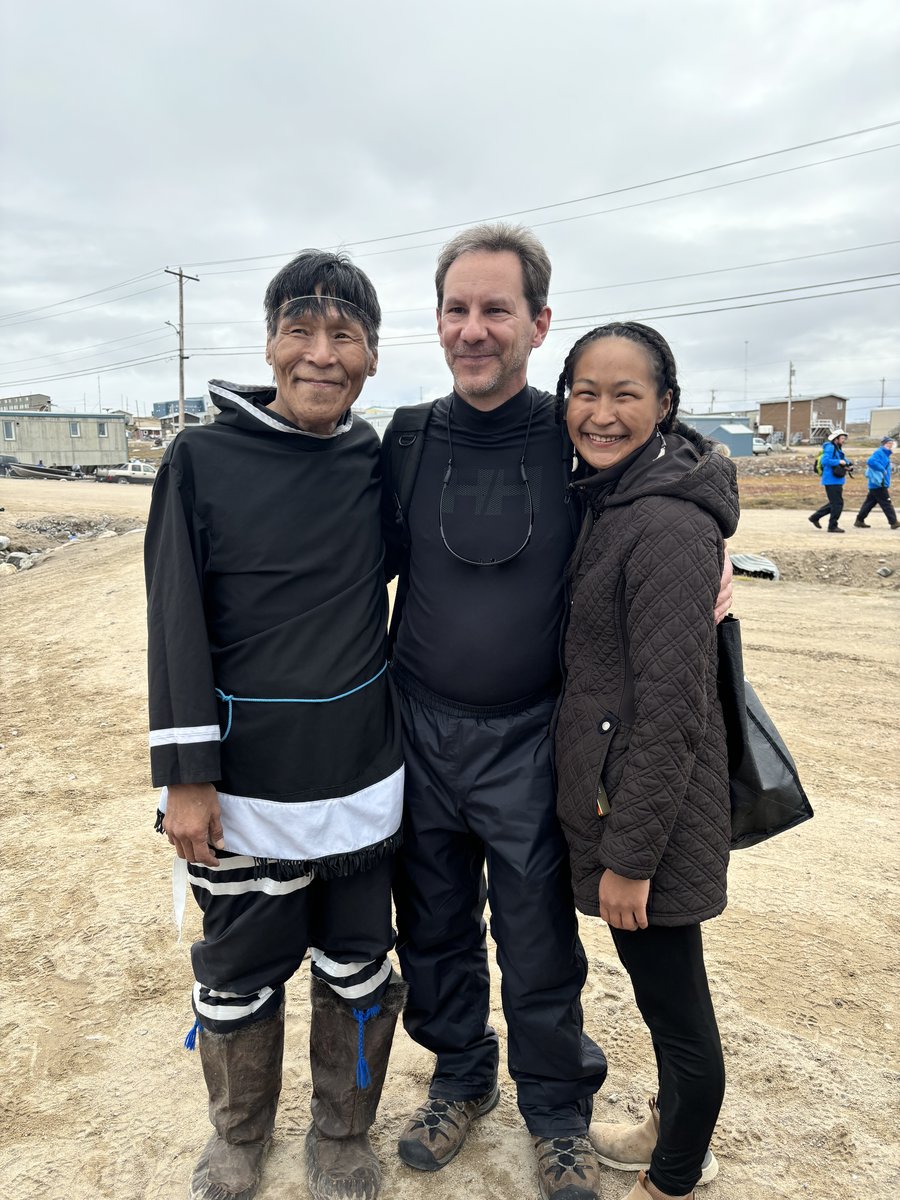
George Kourournis in Pond Inlet. (Photo: Melody Wren)
The Devastating Impact of Climate Change
George's concerns about climate change are deeply rooted in his experiences. "I live my life on the extremes of climate change," he explains. "I'm on the front lines, seeing the events that climate change brings." The consequences of inaction are dire: melting permafrost, rising sea levels, and more frequent severe weather events.
The impact on communities in the Arctic is particularly alarming, with many towns experiencing shore erosion and frequent storms. "It's a problem that's already happening, and it's going to get worse," George warns. "We need to take action to reduce our reliance on fossil fuels, consume less energy, and elect leaders who prioritize the health of our planet."
**Why it’s happening: Albedo is a measure of how much sunlight is reflected by a surface. In the Arctic, the sea ice is white, which means it has a high albedo. This means it reflects most of the sunlight that hits it, kind of like a mirror.
When the sea ice melts, the dark ocean beneath is exposed. Since the ocean has a lower albedo, it absorbs more energy from the sun, which in turn heats up the water and accelerates the melting of the remaining sea ice. It’s like when you sit in a car with black seats on a hot day – the dark color absorbs the sun’s heat, making it feel even hotter.
Taking Action Against Climate Change
So, what can the average person do to make a difference? George suggests reducing meat consumption, switching to electric vehicles, and supporting leaders who prioritize the environment. He also emphasizes the importance of addressing food security in the Arctic, where communities like Pond Inlet struggle to access nutritious food.
As I reflect on my conversation with George, I'm struck by his infectious enthusiasm and dedication to raising awareness about climate change. His story serves as a powerful reminder that even small actions can have a significant impact when combined with a willingness to learn and adapt.
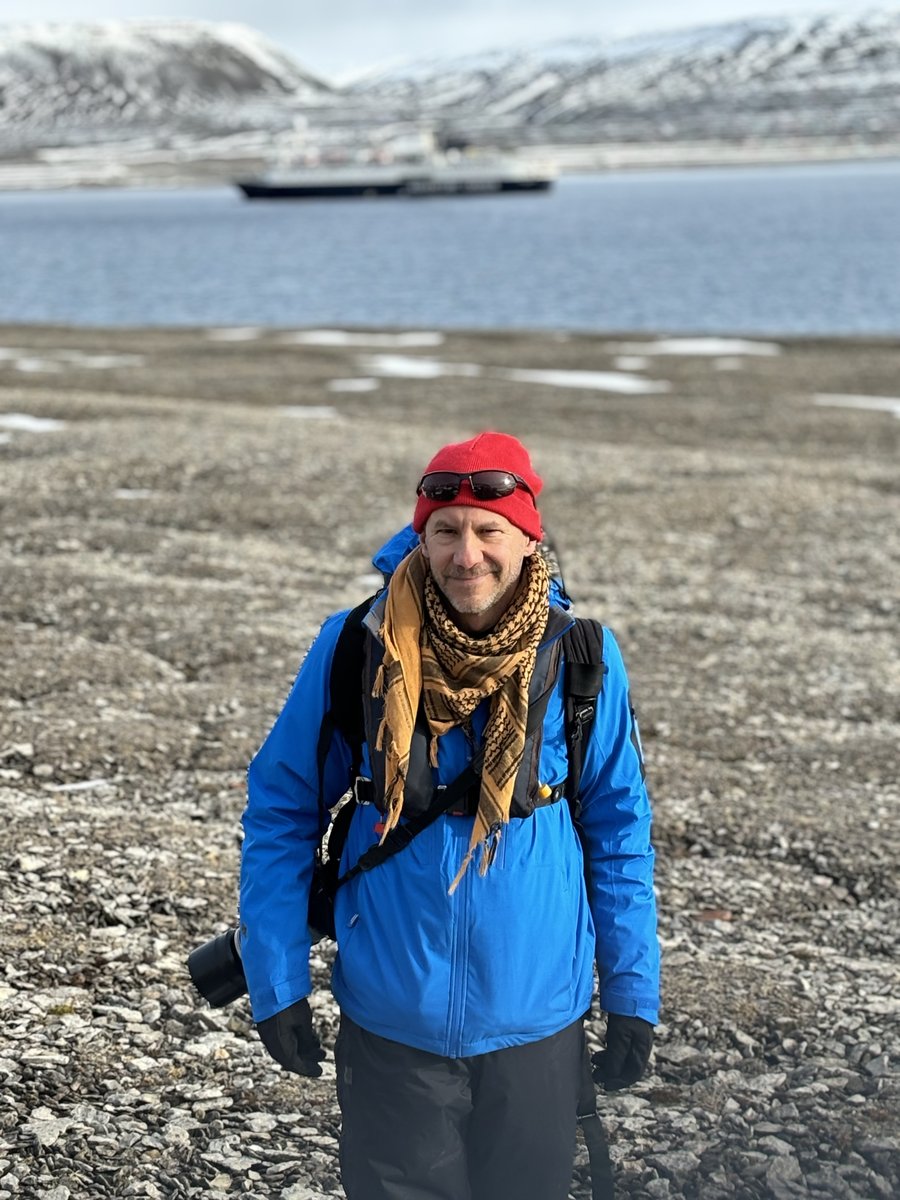
George Kourournis on Devon Island, Nunuvut
The Devastating Impact on Wildlife
As the Arctic warms, the consequences for wildlife are stark. Seals and polar bears, in particular, rely on sea ice for their very survival. However, as the ice melts, their habitats are rapidly disappearing. George Kourounis shares his firsthand experience working with polar bears in Hudson Bay, where they're being forced to adapt to a new reality. " Some polar bears are coming off the sea ice weeks earlier than they used to," he explains. "They're having to come onto land earlier and wait longer to return to the sea ice, which is drastically altering their hunting and feeding patterns."
The result is a precarious future for these iconic creatures. While the polar bear population is currently holding steady, the long-term prognosis is uncertain.
"In 10 years, who knows what will happen?" George wonders. "In the High Arctic, where polar bears have no land in the summer, they're being forced to venture further north in search of sea ice. This not only makes hunting harder for them but also affects the subsistence hunting that is crucial for the livelihood of local families."
What’s next for George?
When I last contacted him, he was about to embark on an amazing journey re-tracing part of Charles Darwin’s round-the-world voyage that he famously took 200 years ago, and he’ll be doing it aboard a Dutch tall ship. This schooner is over 100 years old, and he will be on board from Auckland, New Zealand to Sydney Australia. He will be gathering water samples for environmental DNA analysis, and doing some educational programs live from the ship as well. A truly grand adventure, focussing on conservation.

